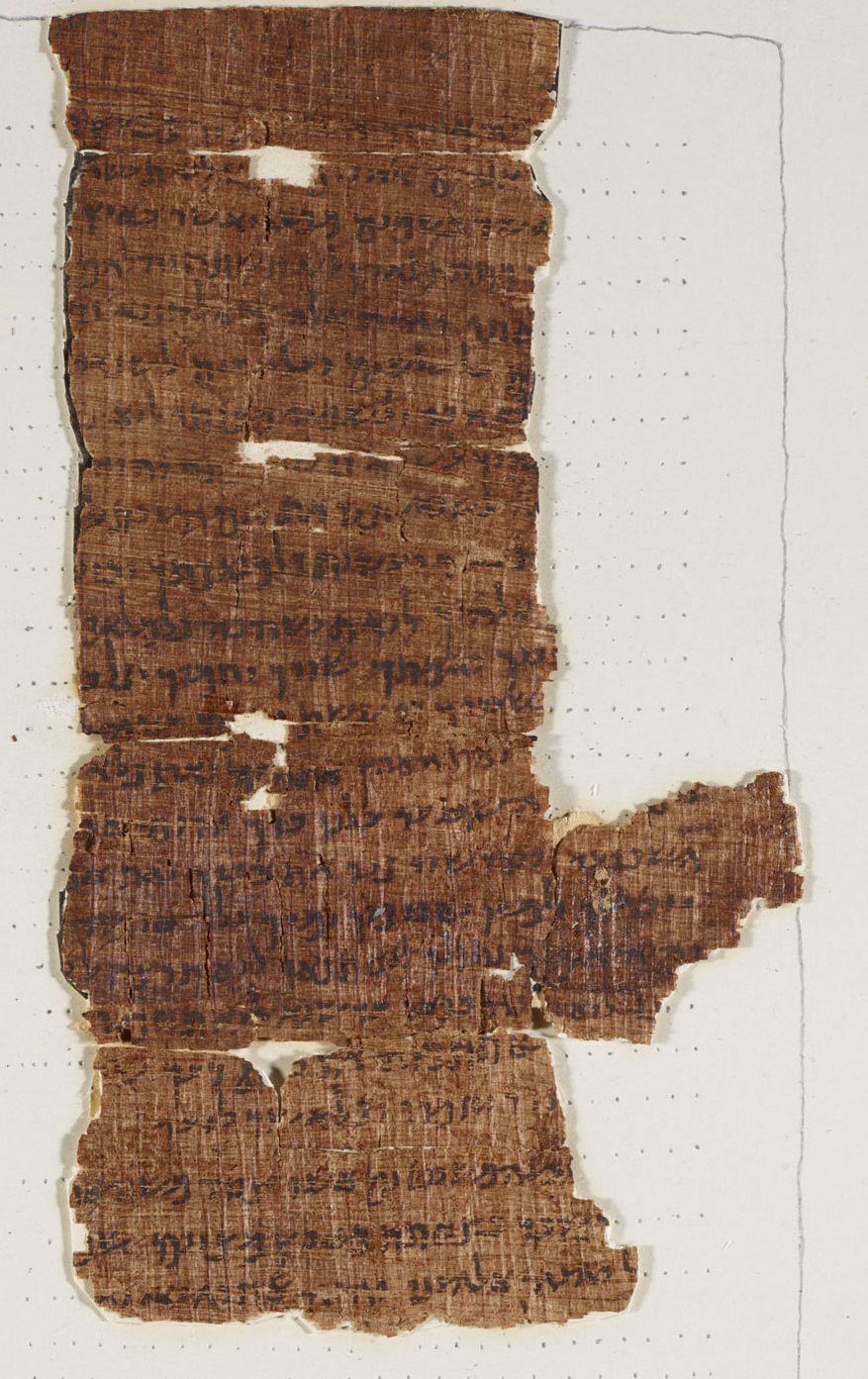
The @ symbol is one of the Internet's most ubiquitous characters; and modern writers would probably be hard-pressed to think of a way that they would use it in a non-digital context. However, the "at" sign was actually invented hundreds of years ago, by monks, according to scholars.
Before Gutenberg's printing press, written material in the Western world consisted mainly of religious texts. The laborious process of book creation was mostly done by monks who painstakingly copied everything by hand. The number of pen strokes required to form each letter directly affected the speed of transcription, and scholars suggest that the "at" sign arose as way to decrease the number of strokes needed.
The most likely theory posits that the "at" sign came from the grave-accented "à," which means "at" in Italian. The first recorded use of the "at" sign outside a monastery is in a 1536 letter written by Francesco Lapi, a merchant from Florence.
Other scholars suggest that the symbol actually came from the English word "at" - also as a way of decreasing the pen strokes needed.
The printing press, typewriters, and computers have all but eliminated the need for pen-stroke efficiency, but the "at" sign has become a mainstay of modern communication, popping up in email addresses and Twitter mentions.
Today, the symbol is being used by a thoroughly modern Pope, who tweets from @Pontifex.
CORRECTION: An earlier version of this story indicated that the first recorded mention of the "@" symbol was in Lapi's 1536 letter, when in fact it was the first recorded use of the "@" symbol outside a monastery.
